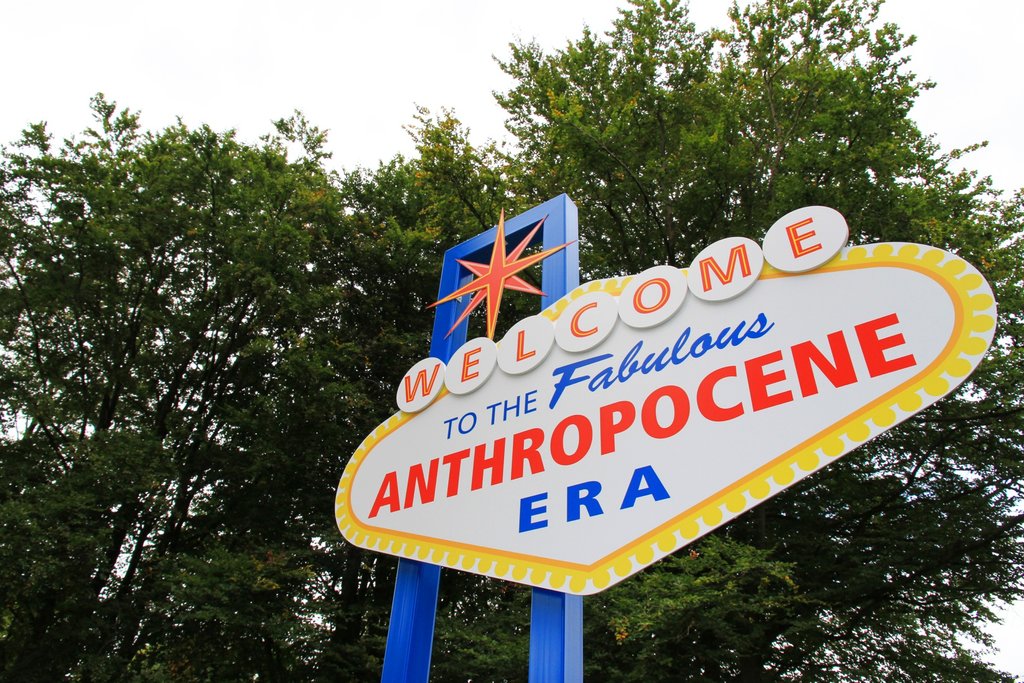The Earth has reached a new epoch, one in which the climate is largely impacted by human activities. The anthropocene, as scientists call this period, is often viewed as hopeless, a geological age which will bring environmental destruction; or, in an even more dystopian view, an era that will lead to the end of life as we know it.
“The Anthropocene […] is the name for a new geological epoch in which humanity has become a force reshaping the geological, biological, and atmospheric dynamics of Earth,” the Seeds of Good Anthropocene website explains.
As an evolving and unique time period, much is unknown about the anthropocene. In collaboration with Stockholm University in Sweden and Stellenbosch University in South Africa, McGill is leading a project called Seeds of Good Anthropocene.
“We aim to counterbalance current dystopic visions of the future,” the project’s websites states.
Shocking images of environmental peril in the news—as well as some courses at McGill—aren’t helping improve the situation but are rather creating a sense of hopelessness: The Great Barrier Reef is dying, rivers are running dry, and species are going extinct.
Associate Professor in the Department of Natural Resource Sciences and the School of Environment at McGill, Dr. Elena Bennett, brings together “bright spots” of environmental action from around the world to study how humanity can build a healthy anthropocene.
“We see our seeds of good change and our blind spots as pockets of a better future that’s already in existence today,” Bennett said in a video for the World Economic Forum.
As the lead author, Bennett published “Bright spots: seeds of a good anthropocene” in the October 2016 issue of The Ecological Society of America’s Frontiers in Ecology and the Environment.
“The paper proposed [how] social and environmental projects can reverse a pattern in which human prosperity has come with harms to ecosystems and excluded communities,” Andrew Revkin wrote in The New York Times opinion blog Dot Earth.
The paper on Good anthropocenes provides an introduction to the project and how these bright spots may be used to develop more useful scenarios for the future.
“I want to find ideas that challenge my view of what the world would be like, or have a better vision […of] ‘good’ than I have,” Bennett said. “We try to push for [bright spots] that are transformational, rather than just ‘good news’ stories.”
Bennett and her team are investigating these social and environmental projects. Most were started by citizens with no special qualifications, only the desire to help the environment.
Bennett recounted the tale of a woman in England who noticed that a large portion of the sidewalk in her neighbourhood was unused and could be used to grow vegetables. Replacing cement with vegetable patches became more meaningful, as the community began to came together to cook meals. Health in Harmony, another ‘bright spot’ reviewed in the paper, is a project based in Indonesia that offers free or low-cost health care in exchange for a commitment to protect the native forests. In these cases, both the planet’s climate and communities are becoming stronger and healthier.
The Seeds of a Good Anthropocene project has two inspirational messages. First, there is hope—set aside the dystopian image of a dead and chaotic planet Earth and think about how we can build a better environment for future generations. Second, reporting on ‘bright spots’ may inspire someone to make a similar impact in their neighbourhood.
Analysis of bright spots will help develop a better image for the future of our planet, and help to create a Good Anthropocene. Although Earth has been damaged by humankind, it can still be saved.
“We can’t build a world that we can’t even imagine,” Bennett said.








